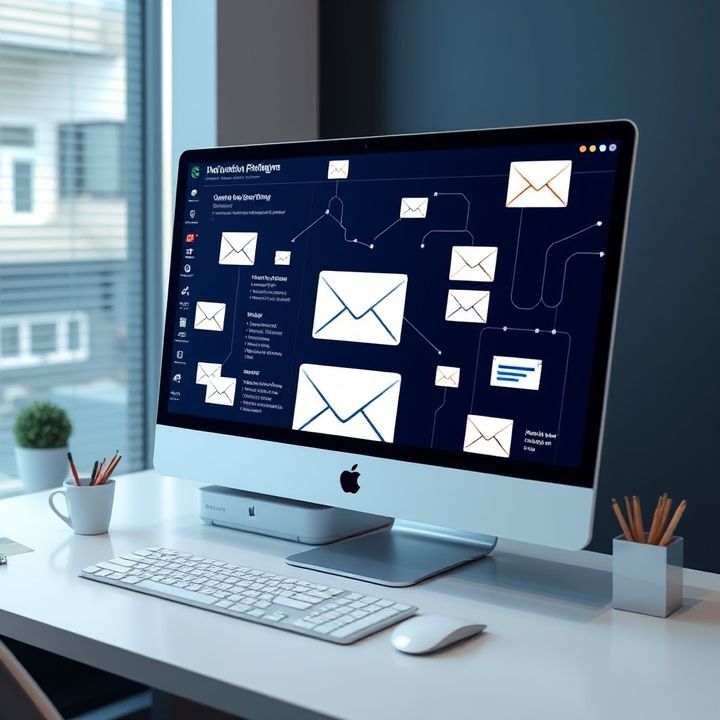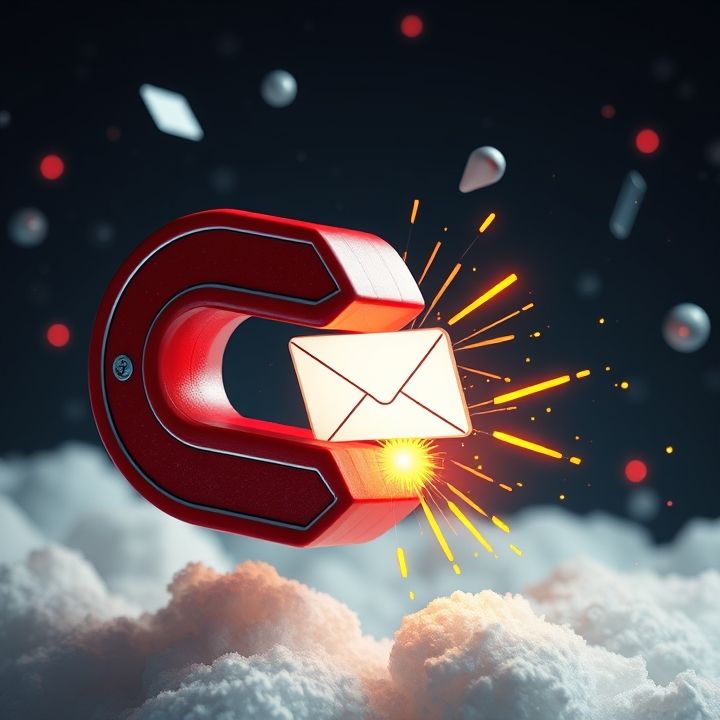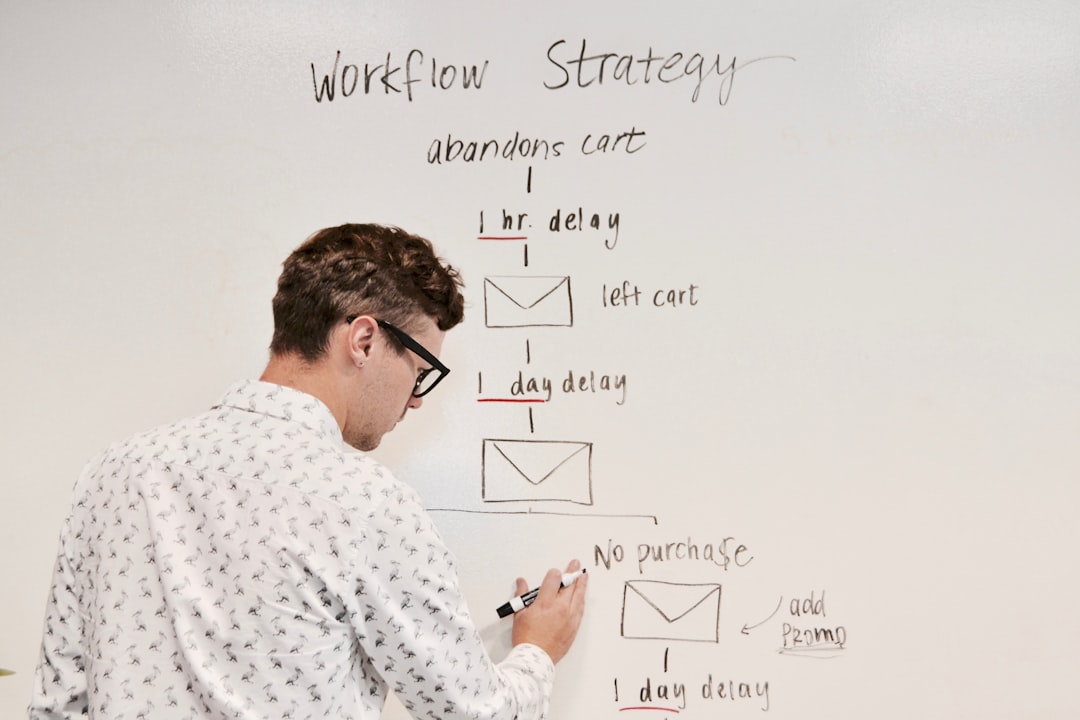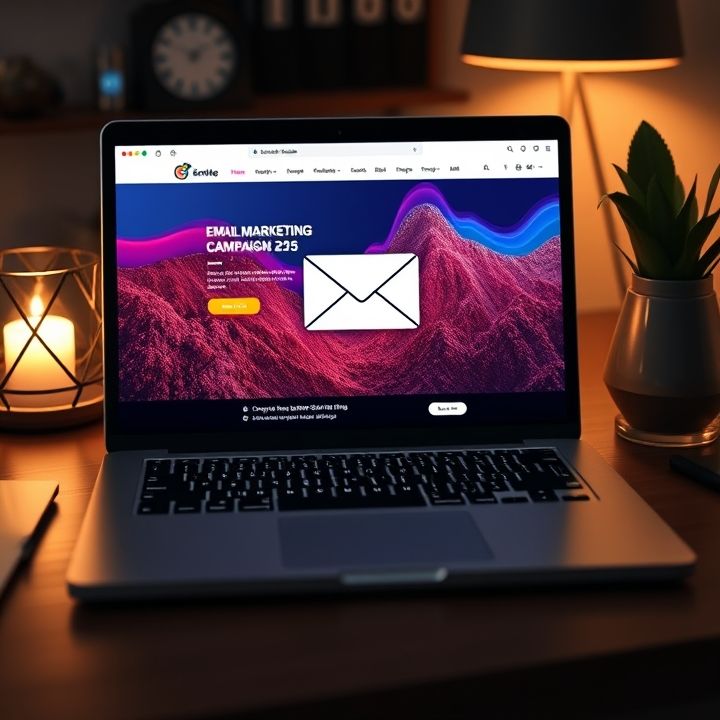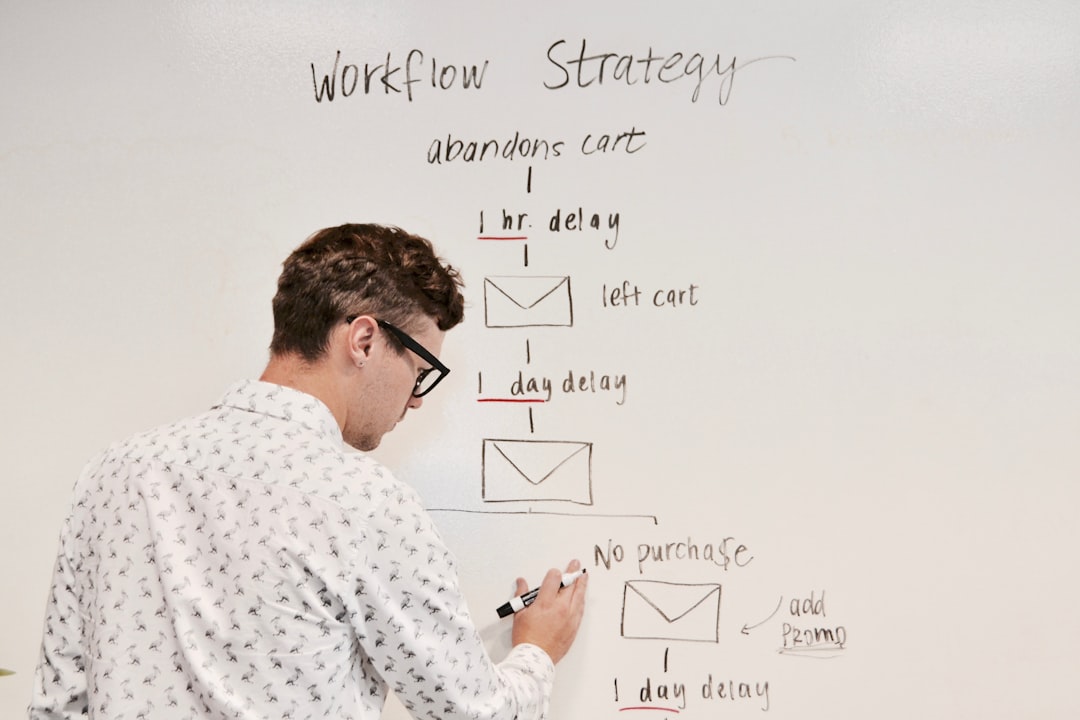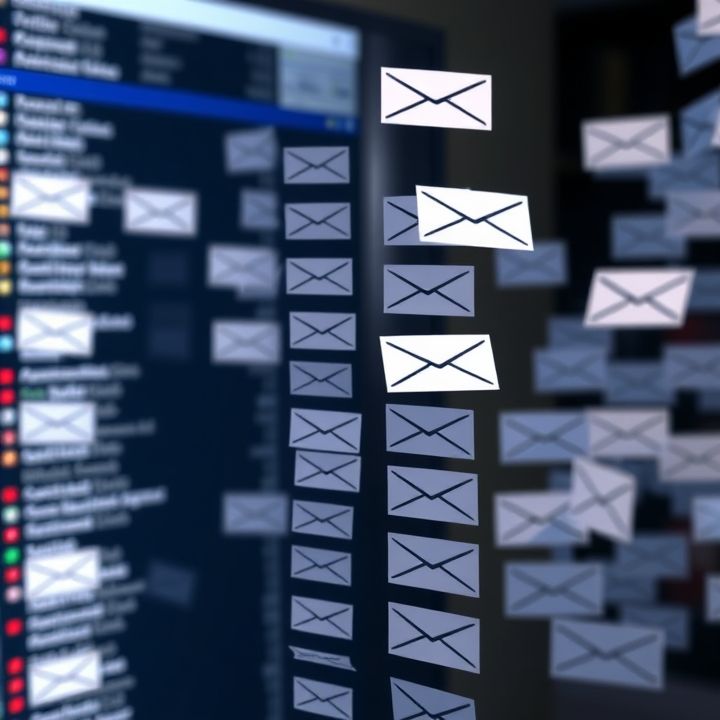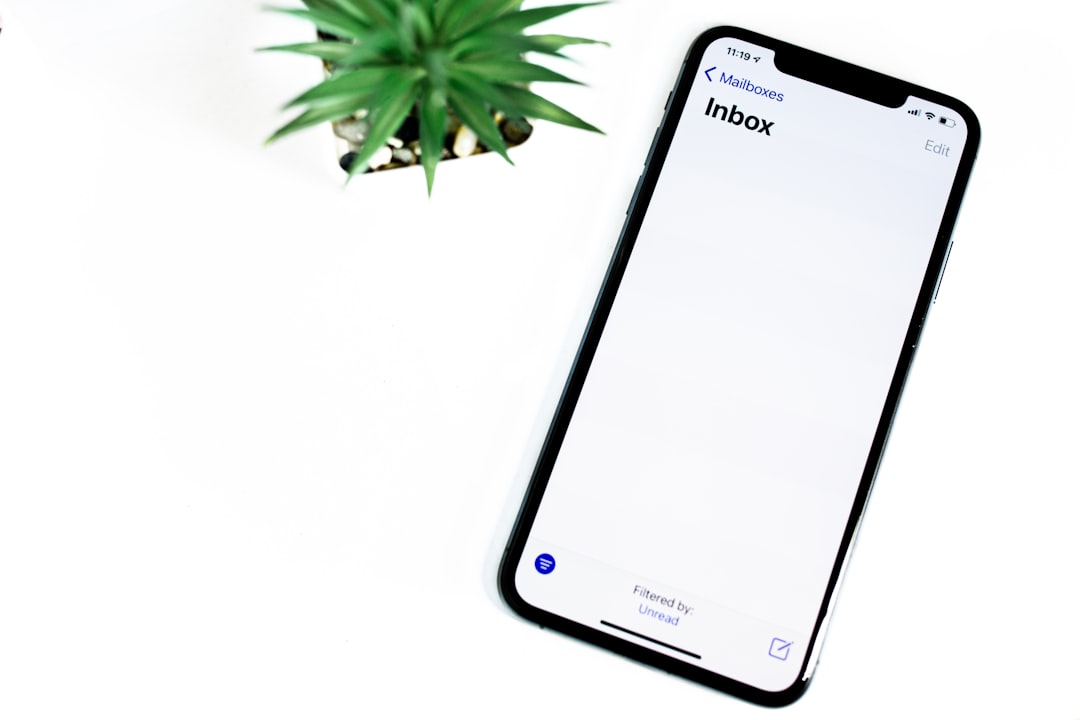Table of Contents
- Introduction
- Identifying Key Segments: Understanding Different User Groups
- Utilizing Demographic Data for Segmentation
- Leveraging Behavioral Data for More Personalized Offers
- Using Geographic Segmentation to Address Local Preferences
- Creating Buyer Personas for Enhanced Targeting
- Utilizing Technology and Tools for Effective Segmentation
- Aligning Segments with Specific Promotions and Offers
- Analyzing and Adjusting Strategies Based on Feedback and Results
- Conclusion
- Frequently Asked Questions
Introduction
Prepare to discover one of the most potent strategies driving today’s market leaders to unprecedented growth. Welcome to a world where your promotions hit the bullseye every single time. “Unlock Explosive Growth: The Secret Power of User Segmentation for Tailored Promotions!” is about to reveal the game-changing tactic that transforms ordinary campaigns into personalized experiences customers can’t resist.
It’s no secret anymore: user segmentation is the secret sauce that can propel your business to new heights. But what makes it so effective? Imagine having the power to send precisely the right message to precisely the right audience at precisely the right time! That’s the magic of user segmentation.
| Potential Benefits | How Segmentation Helps |
|---|---|
| Increased Engagement | Targets interested audiences |
| Higher Conversion Rates | Personalizes customer experience |
| Improved Customer Retention | Builds brand loyalty |
In this article, immerse yourself in the strategies that top brands use to captivate their audience’s attention and loyalty through intelligent segmentation. Let’s unlock the formula for tomorrow’s success today!
Identifying Key Segments: Understanding Different User Groups
Identifying key segments within your user base is the cornerstone of delivering effective targeted promotions and offers. Each user group is characterized by distinct behaviors, preferences, and demographic factors. Therefore, a comprehensive understanding of these segments enables businesses to tailor their marketing strategies more precisely. Common segmentation criteria include demographics, psychographics, behavior, and geographic regions.
Demographic segmentation involves categorizing users based on factors like age, gender, income, and education, which help in crafting messages that resonate with particular groups. Psychographic segmentation delves into users’ lifestyles and interests, providing deeper insight into what drives their purchasing decisions. Behavioral segmentation focuses on patterns such as purchasing frequency and brand loyalty, while geographic segmentation targets users based on their location.
By employing these segmentation strategies, businesses can identify high-value user groups and allocate resources effectively to maximize engagement. For instance, loyal customers might receive exclusive offers as a reward for their commitment, while potential customers could be targeted with introductory promotions. This strategic approach not only enhances customer satisfaction but also drives better conversion rates, ultimately leading to a more effective marketing campaign.
Utilizing Demographic Data for Segmentation
Utilizing demographic data for segmentation is a powerful strategy that allows businesses to tailor their marketing efforts to meet the specific needs and preferences of different customer groups. Demographic data includes essential information such as age, gender, income level, education, and occupation. By analyzing this data, businesses can identify patterns and trends within their customer base.
For instance, a company that identifies a significant portion of their customers as millennials may choose to focus on digital marketing channels and social media platforms to reach this tech-savvy demographic effectively. Similarly, a luxury brand targeting high-income individuals might offer exclusive promotions that emphasize premium quality and exclusivity.
Demographic segmentation also enables businesses to address the unique challenges and preferences of distinct groups. For example, marketing strategies can be adjusted to cater to the needs of working parents by highlighting convenience and time-saving solutions. This targeted approach not only enhances customer satisfaction but also boosts conversion rates and brand loyalty.
By leveraging demographic data, companies can create more relevant and personalized promotions that resonate with their audience, ultimately leading to increased customer engagement and improved sales performance.
Leveraging Behavioral Data for More Personalized Offers
Leveraging behavioral data for personalized offers involves collecting and analyzing user interactions with your brand, both online and offline. By doing this, businesses can identify patterns in consumer behavior, preferences, and purchasing habits. This data-driven approach allows companies to create targeted promotions that are more likely to resonate with specific segments of their audience.
Harnessing behavioral data begins with utilizing advanced analytics tools that track customer interactions across various platforms and touchpoints. This might include website visits, social media engagement, purchase history, and email interactions. By compiling this information, businesses can segment their audience into distinct groups based on shared behaviors or needs.
Once segments are defined, personalized marketing strategies can be developed. For example, a segment of frequent online shoppers might receive exclusive online discounts or early access to new products. In contrast, customers who tend to browse but not purchase might benefit from reminders or incentives to encourage conversion. Additionally, personalized email campaigns tailored to a user’s browsing history or previous purchases can significantly increase engagement and conversion rates.
Ultimately, leveraging behavioral data for personalized offers fosters a deeper connection with customers, enhancing their experience and boosting brand loyalty.
Using Geographic Segmentation to Address Local Preferences
Geographic segmentation is a highly effective strategy for businesses aiming to cater to the diverse needs and preferences of customers based on their location. By dividing the market into different geographic units, companies can tailor their promotions and offers to align with the local culture, climate, and consumer behavior. This personalized approach not only enhances customer satisfaction but also increases brand loyalty as it makes the audience feel understood and valued.
For instance, a fashion retailer might promote lightweight clothing lines in warmer regions while focusing on winter wear in cooler areas. Similarly, fast-food chains can introduce region-specific flavors or menu items that appeal to local tastes, thereby strengthening their market presence. Utilizing geographic data helps businesses to allocate their marketing resources more efficiently and tap into new opportunities by recognizing untapped potential in different locales.
Incorporating technology such as geolocation services and analytics tools enables businesses to gather valuable insights into local consumer habits and preferences. This data-driven approach allows for the creation of highly targeted promotional campaigns, ensuring that the messaging resonates well with the local audience. Ultimately, geographic segmentation not only boosts conversion rates but also fosters a deeper connection between the brand and its customers.
Creating Buyer Personas for Enhanced Targeting
Creating buyer personas is a crucial step in enhancing your targeting strategies. A buyer persona is a semi-fictional representation of your ideal customer based on data and research. By developing detailed personas, businesses can tailor their marketing efforts to meet the specific needs and behaviors of their target audiences. To create effective buyer personas, start by gathering information about your current customers. This can include demographic details, purchasing behavior, and feedback from customer interactions. Surveys, interviews, and analytics can provide valuable insights.
Once you have collected sufficient data, segment your audience into distinct groups and identify common traits among customers in each segment. This process helps to define your buyer personas by highlighting preferences, challenges, and motivations. To enhance personalization, delving into personal interests, social media habits, and lifestyle choices can further define the persona.
Having a well-defined buyer persona enables marketers to create more engaging content, develop targeted promotions, and choose appropriate communication channels that resonate with different segments. It ultimately leads to more effective marketing strategies, resulting in higher conversion rates and improved customer satisfaction. Keep your personas updated with emerging trends and customer feedback to ensure they remain relevant and useful.
Utilizing Technology and Tools for Effective Segmentation
In the realm of marketing, leveraging technology and tools for effective user segmentation is essential to deliver personalized promotions or offers. Advanced analytics platforms provide businesses with the capabilities to dissect customer data into meaningful segments based on behavior, preferences, and demographics. By utilizing these platforms, companies can harness data from various touchpoints, building a comprehensive view of each customer.
Tools such as Customer Relationship Management (CRM) systems assimilate this data, allowing organizations to categorize users into segments that share similar attributes or buying patterns. This segmentation facilitates targeted marketing strategies where personalized offers can entice specific groups. Additionally, machine learning algorithms can predict customer behavior, enabling dynamic adjustment of segments in real-time to stay relevant to consumers’ evolving needs.
Businesses can also leverage automation tools to streamline this process, ensuring that the right message reaches the right audience with minimal manual intervention. Implementing these tools effectively not only optimizes marketing efforts but also enhances customer satisfaction and loyalty by delivering value through relevant and timely communications.
Aligning Segments with Specific Promotions and Offers
Aligning user segments with specific promotions and offers is an essential strategy in today’s competitive market. By understanding the unique characteristics and behaviors of different customer segments, businesses can craft targeted promotions that resonate with specific groups, ultimately enhancing customer engagement and driving sales. The first step is to analyze data to identify distinct segments based on factors such as demographics, purchasing history, and browsing behavior.
Once these segments are identified, companies can tailor promotions to meet the needs and preferences of each group. For instance, a segment known for purchasing luxury items might receive exclusive discounts on high-end products, while another group focused on sustainability might be targeted with offers on eco-friendly products.
Furthermore, timing and content delivery are crucial in ensuring the success of these targeted promotions. Sending the right offer at the right time through the preferred communication channel can significantly improve conversion rates. Businesses can leverage automated marketing tools to schedule and deliver these promotions effectively, ensuring maximum impact.
In conclusion, successfully aligning user segments with specific promotions requires a deep understanding of consumer data, strategic planning, and the ability to execute campaigns that speak directly to the interests and needs of each segment.
Analyzing and Adjusting Strategies Based on Feedback and Results
Analyzing and adjusting strategies based on feedback and results is a crucial component in leveraging user segmentation effectively. Once a promotion or offer is launched, it is essential to gather data to understand its performance across different user segments. This can be done through various methods such as surveys, customer feedback, and sales data analysis. By evaluating key metrics, businesses can identify which segments responded best to the promotion and which ones didn’t.
Feedback is particularly vital as it provides qualitative insights that numbers alone cannot convey. Listening to customer opinions can reveal why certain strategies worked or failed. Using this information, businesses can refine their segmentation approach, adjust their messaging, and enhance offer relevance.
Additionally, regularly reviewing these strategies ensures they remain effective over time. The market and consumer preferences change, and what worked yesterday might not work today. Thus, a flexible, feedback-driven approach allows businesses to stay aligned with their users’ needs, optimizing their promotional strategies continuously.
By committing to constant analysis and adaptation, companies can ensure that their segmented marketing efforts yield the highest possible return on investment.
Conclusion
User segmentation stands as a pivotal strategy in the realm of modern marketing, unlocking the power of tailored promotions that resonate on a deeper level with consumers. By understanding key segments through demographic, behavioral, psychographic, and geographic data, businesses can craft highly personalized offers that meet specific customer needs. This approach allows for a targeted deployment of resources, ensuring that each marketing campaign is not only effective but also enhances customer satisfaction and brand loyalty. Technology and analytics tools play a critical role in refining this strategy, offering precise insights and predictions that guide marketers in creating dynamic and relevant content for each segment. Furthermore, aligning these segments with specific promotions and continuously analyzing feedback ensures a cycle of constant improvement, adjusting strategies to the ever-evolving consumer landscape. Therefore, embracing user segmentation helps companies not only to significantly boost conversion rates but also to forge stronger connections with their audiences, ultimately leading to sustained explosive growth in competitive markets.

